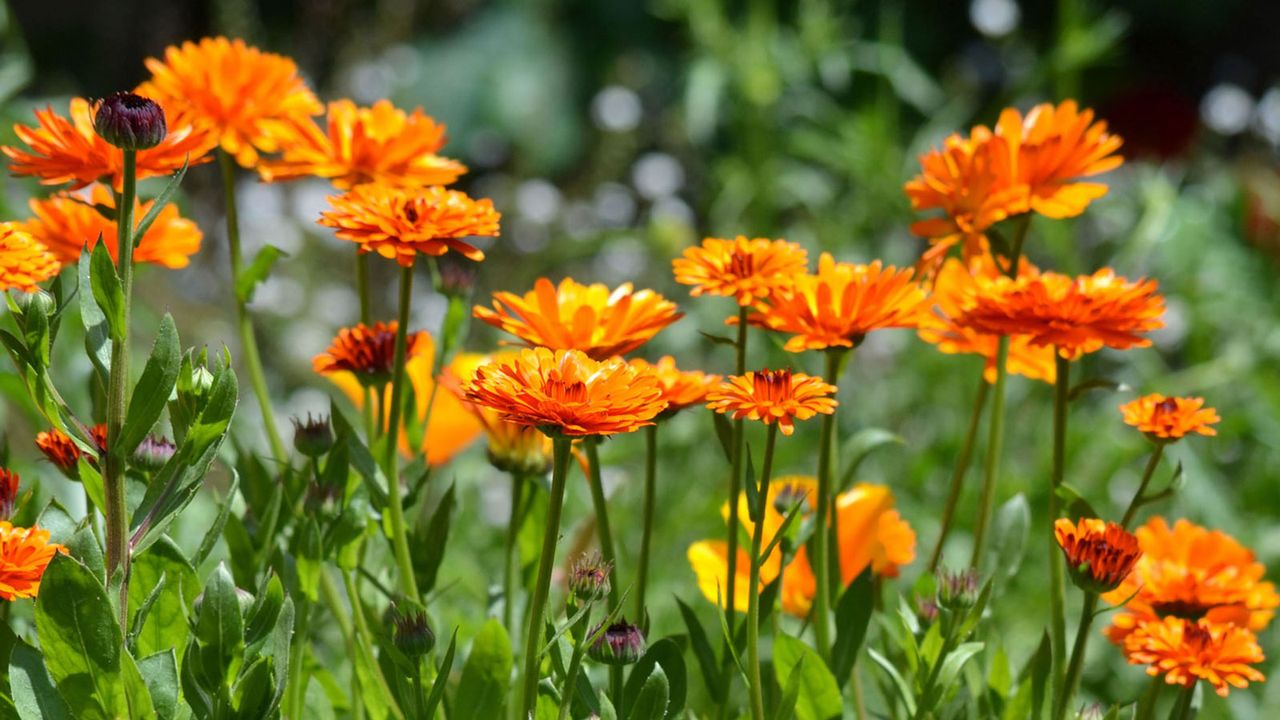
If you're wondering how to grow marigolds from seed, you're in good company. A favorite in gardens around the world, marigolds are full of color and bring a burst of summer cheer to any window box, hanging basket, planter or border. Not only popular with gardeners, they are also a favorite of butterflies and bees.
For best results, it's important to know when to start marigolds from seed indoors. With some solid growth behind them, you can plant marigolds outdoors, where they are easy-to-grow, excellent companion plants.
Marigolds are incredibly useful plants to grow in your garden. As well as adding vibrant color, growing marigolds near vegetables will keep pests away. They are especially well suited as strawberry and tomato companion plants as they are very good at protecting against whitefly. We share all you need to know about growing marigolds from seed in your own backyard.
How to grow marigolds from seed: step-by-step
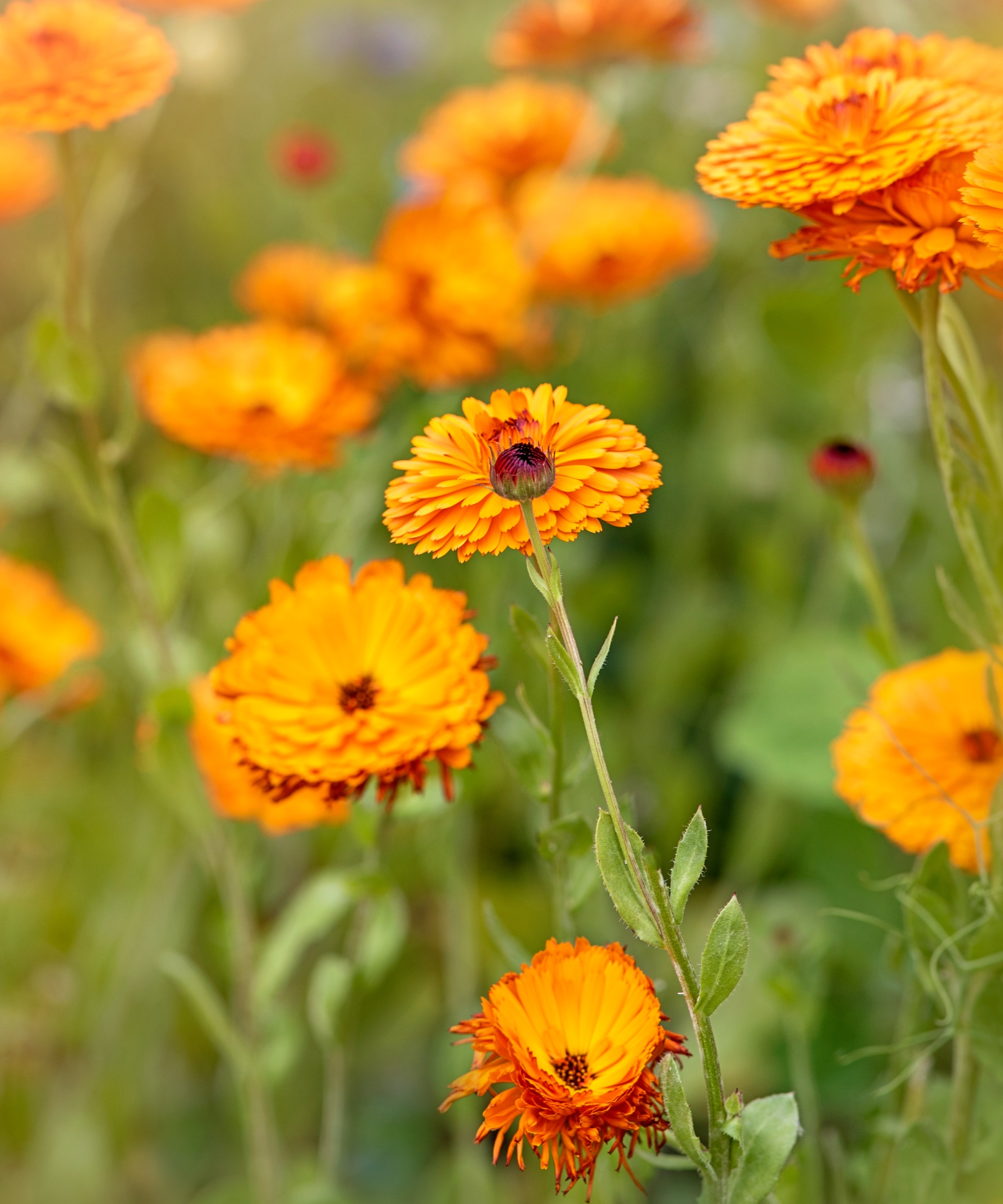
Marigold seeds are one of the easiest flowers to grow from seed. If you're sowing indoors, then you can start growing them anytime between late winter and early spring.
If you're planting them directly into a prepared bed, then wait until late spring to early summer before sowing your seeds.
Here are the key steps to follow:
- Fill seed trays or cell packs with seed compost. We love these cardboard trays from Amazon, as each plug can be planted directly into the soil.
- Press the seeds into the compost.
- Lightly cover the seeds with more compost.
- If kept at 70-75°F germination usually occurs between 5 and 20 days.
- Once your seeds have germinated, let them grow until their second, true set of leave appear. If you have grown in seed trays, it's a good idea at this stage to thin them out until they are about 11 inches apart.
- Gradually harden off before planting out after the last frosts. You can do this by putting the trays outdoors on sunny days, then bringing them inside in the evening.
- When the seedlings have reached a few inches tall, you can transplant the young marigolds to grow in pots, hanging baskets or into a flower bed.
How to grow marigolds from seed in the ground
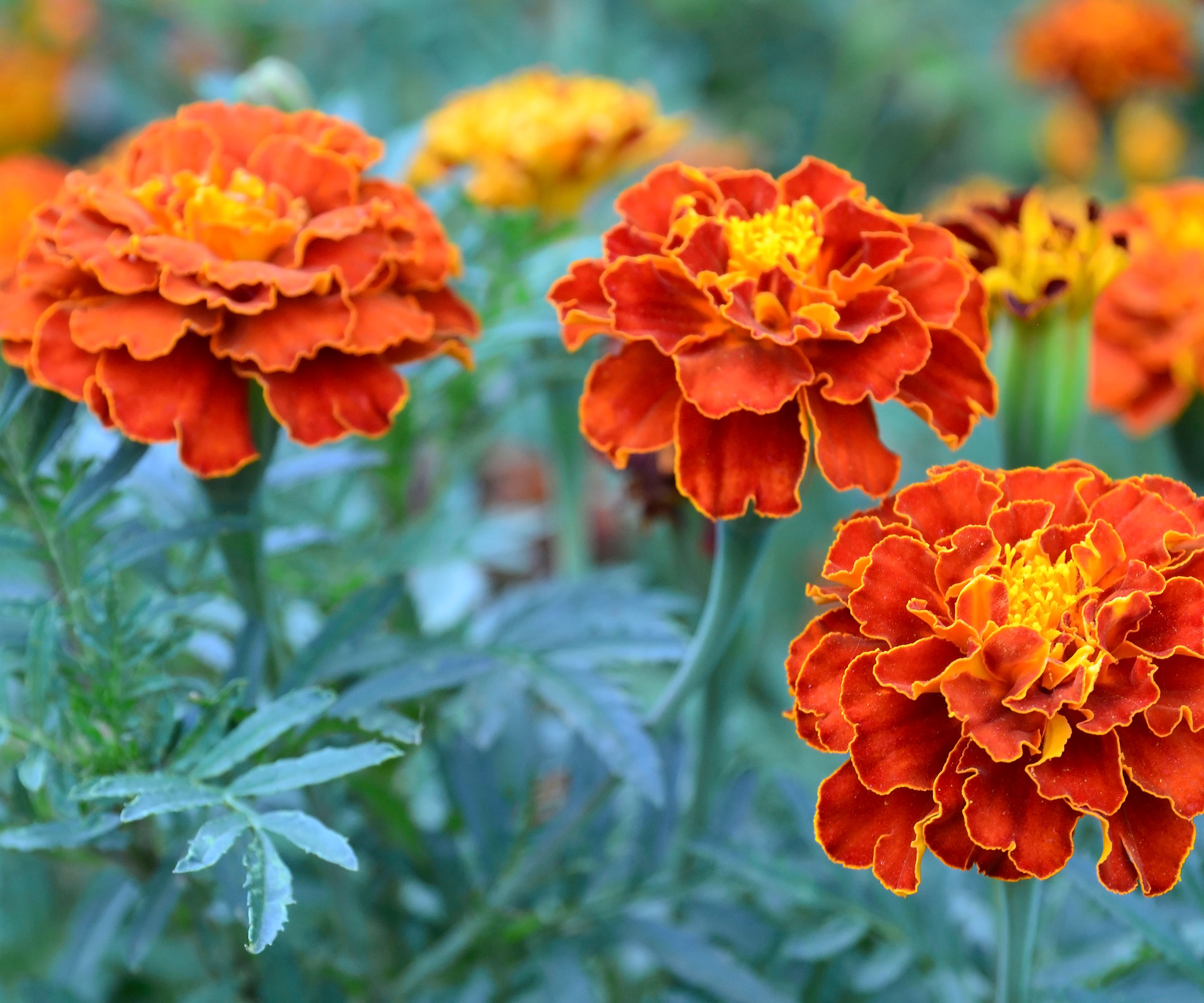
You can direct sow marigold seeds into your border, and it is very easy to do this.
Being a hardy annual, pot marigold (Calendula officinalis) can be sown direct into the soil outside in March, April, or May for summer flowers the same year. Alternatively, they can be sown direct into the soil outside in August or September for flowers the following year.
Here are the steps you need:
- Make sure that the soil is free from weeds, then rake until it its fine and crumbly.
- Once the soil is prepared then create narrow rows (about 12mm deep).
- Sow the seeds into the row and cover lightly with soil.
- For optimum growth, marigolds prefer loamy soil with a neutral pH.
- Once sown, thin the seedlings to 12in (30cm) apart, protect them from slugs, and water regularly (especially in dry, hot weather).
When to plant marigolds
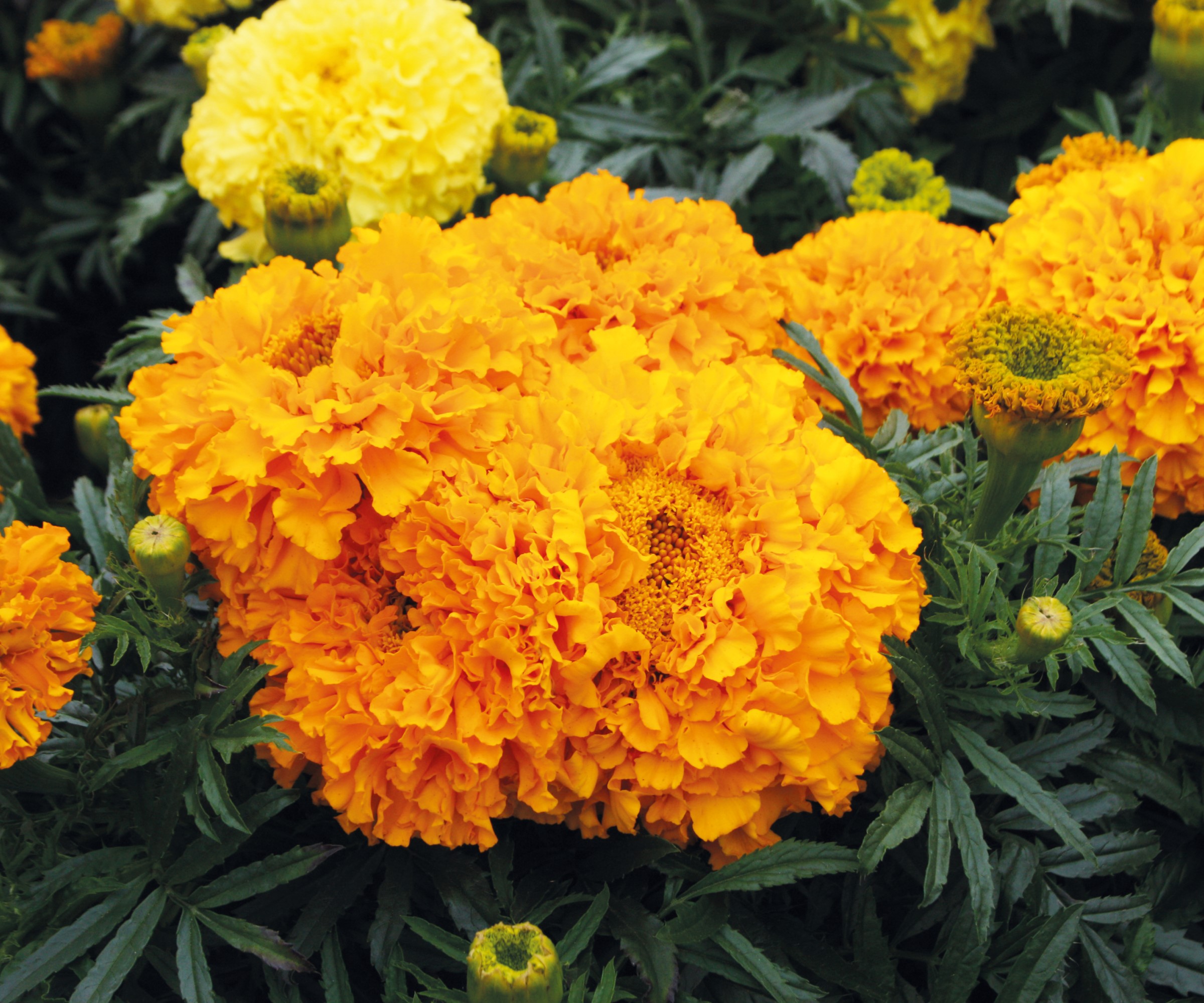
Pot marigolds (Calendula) can be bought as bedding plants from plant nurseries or as seedlings and planted outdoors in May or June. Plant in well-drained soil or containers in sun.
Buy and plant Tagetes varieties as ready-grown bedding plants in May or June, too. Use them to brighten gaps in borders, in moisture-retentive, well-drained soil in sun. Alternatively, plant them in pots or window planters.
For any plants grown from seed, harden them off before planting outside once the risk of frost has passes. You can place them in a cold frame or sit the plants outside during the day for a week covered with fleece to harden them off before transplanting.
How to harvest marigolds seeds from a flower
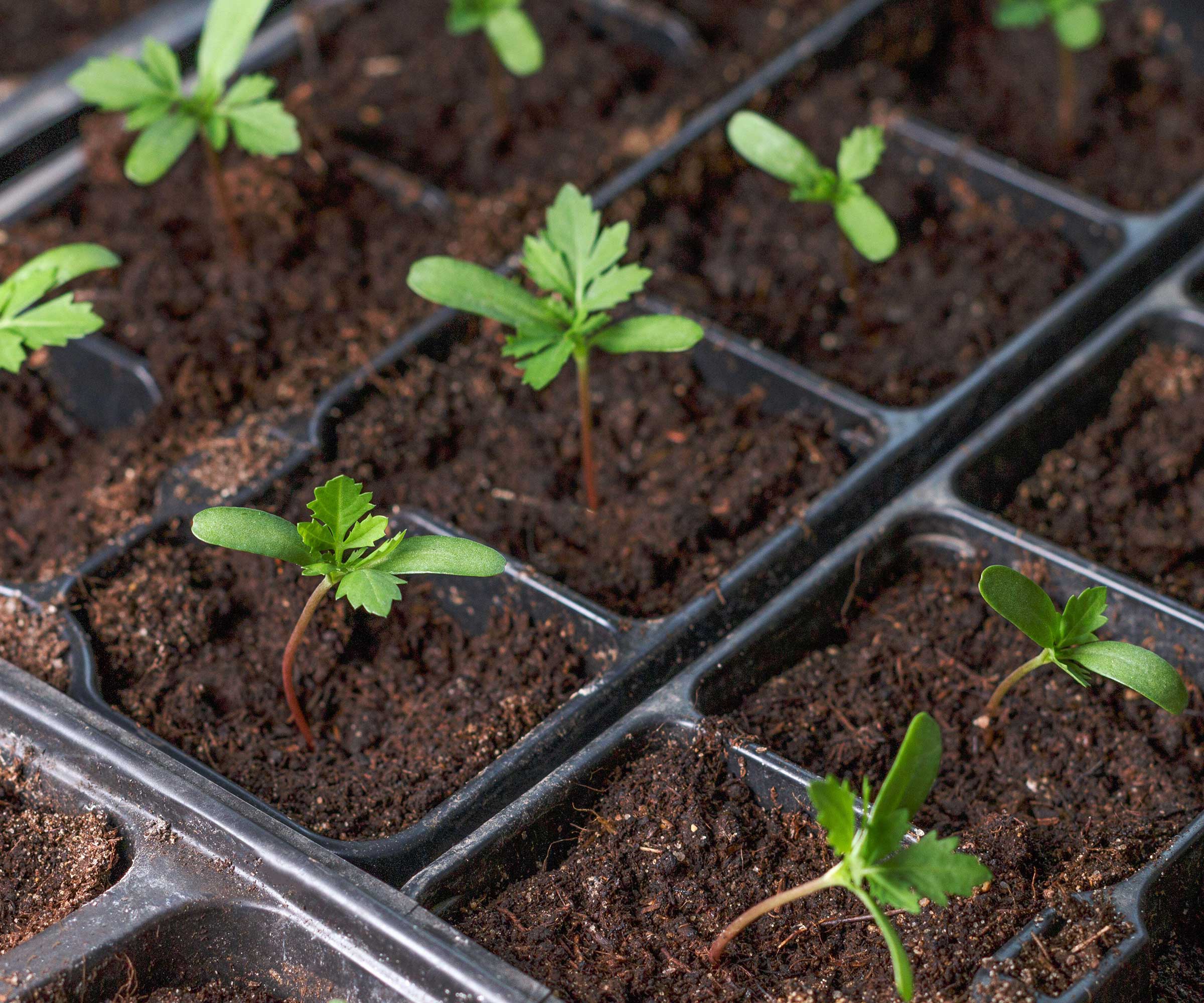
If you already have a marigold plant in your garden then you can harvest the seeds to sow the following year.
- When the marigold's petals have done dry and crispy to the touch they are ready to harvest for seeds.
- Deadhead the spent flower and then pull the petals upwards, out of the flower.
- This will reveal the seeds, which are black tipped with white tops.
- Put the seeds in a plastic container and store in the fridge to keep them fresh.
- Sow the seeds, as you would those from a packet, the following March for beautiful blooms come May.
This tool is perfect for transplanting and thinning out seeds. It's great for planting them too, and is a great alternative to a plastic dibber.
Using specific seed compost will give your marigold seeds the best chance to germinate, as it provides all the nutrients they need to grow healthy shoots.
This handy growing set includes two seed planting trays and a water reservoir tray, making this an easy and efficient way to start seeds indoors.
It takes around eight weeks to grow marigolds from seed to flowering. Once they have had their first flowers, marigolds will continue to bloom for months throughout summer and into fall so long as you regularly deadhead the spent blooms.
Marigolds are such a useful flower to grow in the yard. You can grow marigolds to deter squirrels, plus they are fantastic trap plants, which will happily protect your veg crops.







